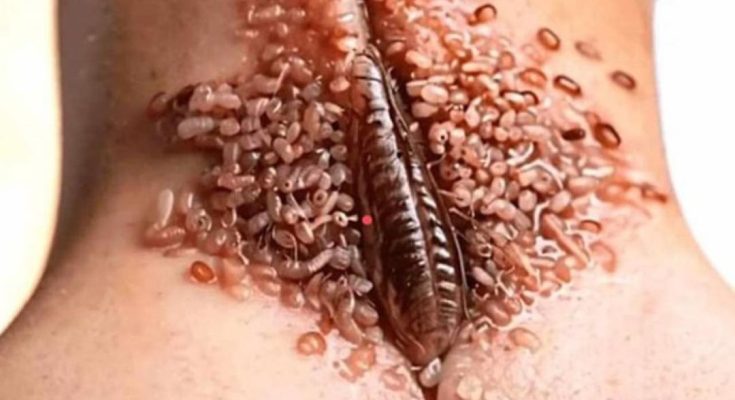Acne is like a detective, giving us clues about our body and potential health issues.
However, in many instances, it’s not some complicated medical puzzle — it often boils down to basic lifestyle factors that we can tweak without much hassle.
The key here is to identify the triggers behind those pesky pimples and take immediate steps to mitigate them.
1. Cheeks

Acne on the cheeks is a widespread issue, becoming even more prevalent in the age of ubiquitous cell phones.
Interestingly, it’s not just touching your face that can lead to cheek acne; even a seemingly harmless phone conversation can be a culprit.
Phones have a knack for harboring bacteria, and when they come into contact with your skin, they can transfer those unwelcome guests right onto your face. It’s not just phones; other everyday objects like dirty pillowcases and sheets can also play a role in this acne equation.
While hormonal factors can contribute to cheek acne, our lifestyle habits are often more to blame.
Make it a habit to wipe down your phone before each use, and avoid taking your phone to places that tend to be germ-infested, like the bathroom.
Regularly changing your pillowcases and sheets, preferably every week, is another effective strategy.
2. Forehead

The primary culprit in this scenario remains consistent: an uptick in oil production on your skin. The root of forehead acne might be your hair.
If your hair tends to be oily, that excess oil can easily find its way onto your forehead and potentially clog up the pores in that area.
Additionally, hair products like pomades, gels, and waxes often contain ingredients like cocoa butter or coconut oil, which can leave your skin even more oilier.
A gentle cleanser designed for your skin type can address this issue. However, if that doesn’t do the trick, it might be worth considering changing your hair care routine. Opt for hair products that are less oily, or better yet, avoid them altogether.

3. Back
Various factors can trigger back acne, including allergic reactions to skincare products like sunscreen, moisturizer, or body creams.
Additionally, sweat mixing with oil and toxins on the skin can clog pores, emphasizing the importance of post-workout showers and thorough back cleansing.
The condition can also be aggravated by dirty clothing, bedding, and tight-fitting attire, which hinder skin ventilation and may lead to irritation and pimples on the back.
If no external causes are evident, it’s advisable to evaluate your diet and nutrient intake.
Stress is another potential contributor to back acne.

4. Nose
Acne often targets our noses because the pores in this area tend to be larger, making it easier for dirt and bacteria to get trapped. Additionally, the skin on the nose can be oilier, making it more susceptible to acne breakouts.
Various factors can trigger nose acne, including diet, stress, certain medications, or underlying health issues.
However, inadequate hygiene is the most common cause. Incorporating Tea Tree Oil into your skincare routine can be a gentle yet effective treatment for acne.
You can also consider using products containing sodium sulfacetamide and sulfur to prevent bacterial growth on the skin. In severe cases, seeking advice from a dermatologist is advisable.
5. Around the mouth

Acne near your mouth can arise from skin irritation or frequent contact with objects such as cell phones, helmet straps, or musical instruments.
The use of certain cosmetics or facial products, hormonal fluctuations, and genetic factors can also trigger it.
If you are dealing with recurring mouth acne, it’s advisable to seek the guidance of a dermatologist who can provide suitable treatment options. However, prevention is often the best approach.
Establishing a daily skincare routine that includes gentle cleansing with a mild cleanser, choosing makeup labeled as “non-comedogenic,” and opting for oil-free products while refraining from touching your face can go a long way in preventing mouth acne outbreaks.



